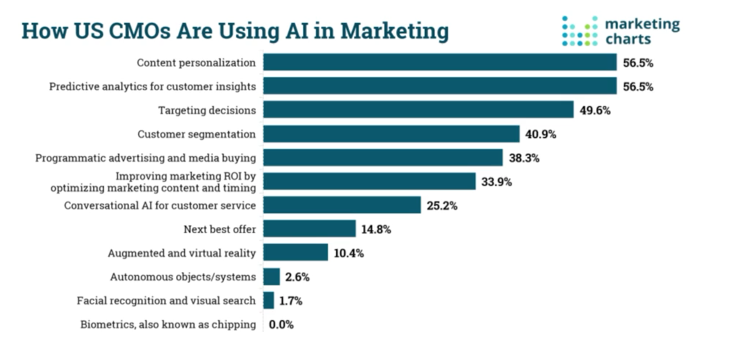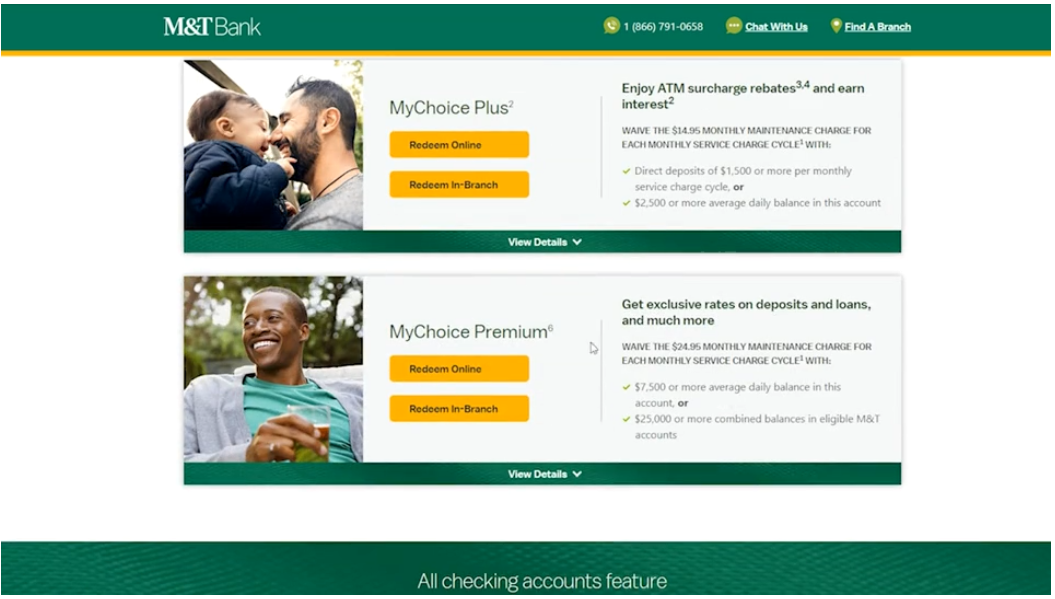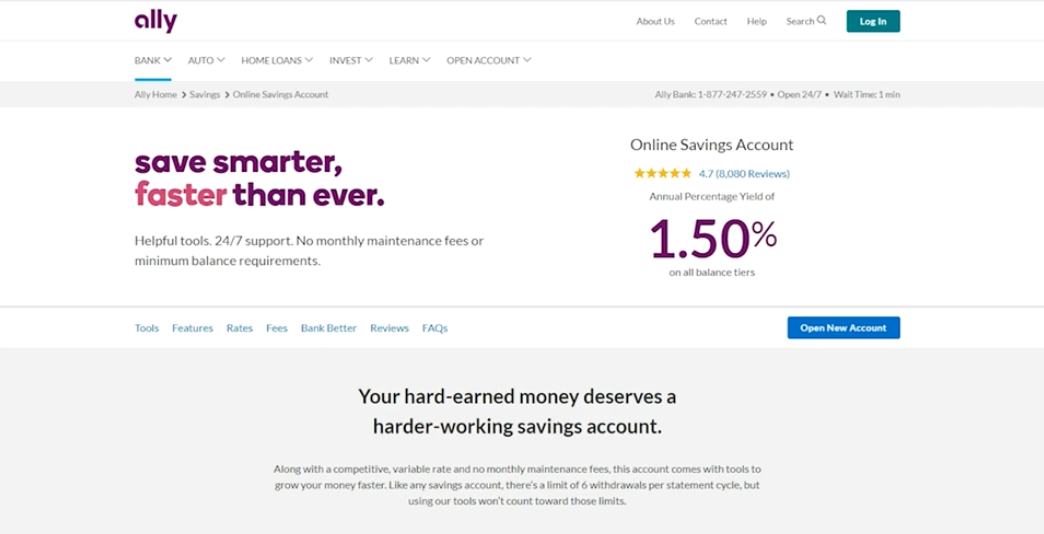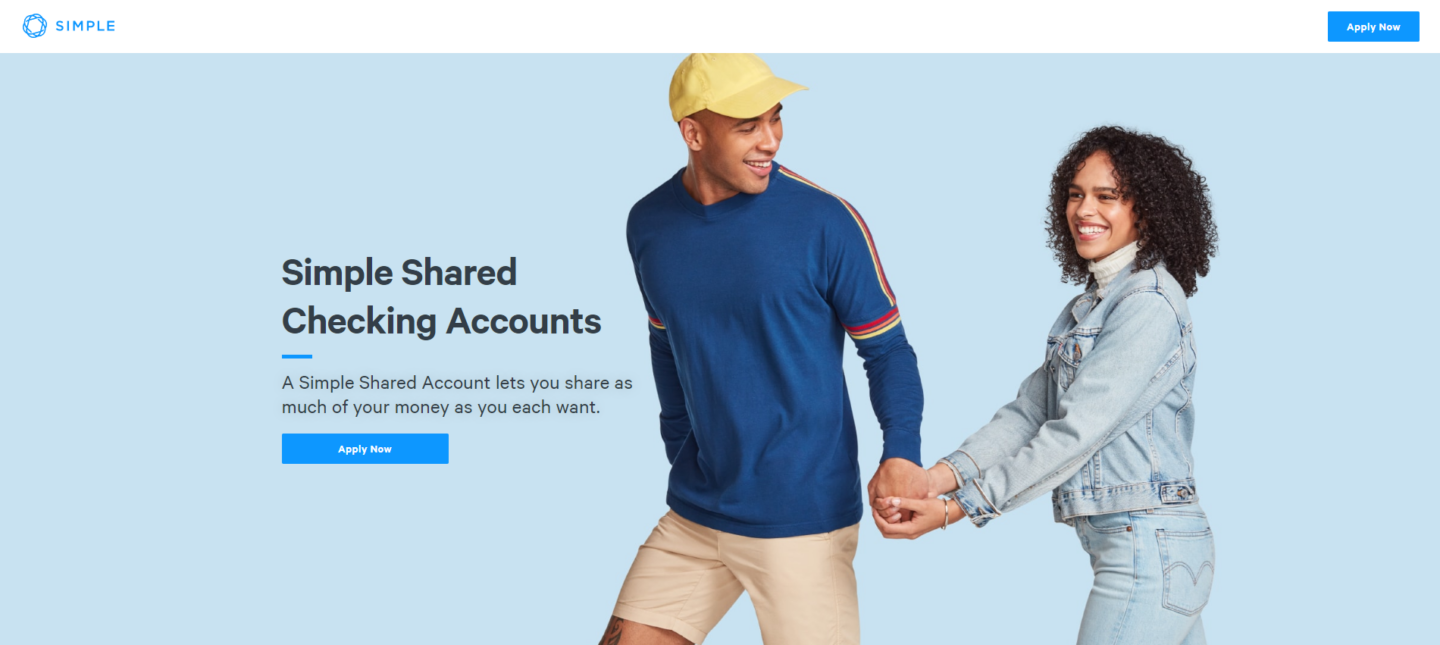Watch the Video:

Read the Transcript:
We just took a look at a survey that showed how marketers are deploying AI machine learning and big data across their marketing organizations.

And you know what that survey told us?
The #1 way that our clients are looking to use these big data tools is in personalizing content, #2 for personalizing experiences, and #3 to better segment customers into groupings to understand their profitability.
I don't want to get into a bunch of back and forth on that. Let's just go ahead and show you an example using the search term “joint bank account” on how so many marketers are missing the mark by allowing themselves to stay in an automated state where Google says…
Hey, you give us your goals and we will eventually get you to that goal using our machine learning and automation.
Ex. “Joint Bank Account”
So let's take the term joint bank account. We're looking to open one up.

How Well Do Current Sites Answer This Question?
Citizens Bank:

This is not a page that really screams to me “joint checking”, “joint savings accounts” or “joint bank accounts”.
M&T Bank:

Okay, I got a whole family here. I see “easy choice”, “my choice”, and “my choice premium” but I was looking for a joint account … I mentioned that, right? I see “deposit accounts” but nothing about joint.
BB&T:

Single person. Nothing about joint.
Ally Bank:

Single person. Nothing about joint.
Citibank:

It's a single person. This doesn't really feel like it's about a joint account either.

There is a bright spot here! It's a “simple online joint account”. I see “Yours, mine, ours” and “Stay separate”. It sounds like they know something about the customer. Notice the page -- two people. “Simple share checking accounts”, “shared accounts”, “let you share how you want, what you want, it's up to you”. Notice that there's couples on these pages. “Dream bigger together”.
This is a company that obviously gets that when you add the word “joint” to “checking account”, you have to give those customers a different experience.
Hopefully that example shows you real up close and personal, how easy it is for marketers to fail at personalizing content to the customer's needs in that moment.
There's a couple of reasons why I believe so strongly that this problem needs to be fixed:
- It's a bad experience for your customer to land on a page that doesn't answer their question.
- It's bad for your business to pay [to create friction with your customers].
Why Would We Pay to Create Friction?
Well, one of the reasons why we're paying for this is because Google and most platforms don't have this level of granularity inside of their tool sets.
At Seer, we're not just taking the keyword and allowing Google to optimize to that level. We're taking the individual words that people are using and then we're breaking them down even further. So, we can tell if the word “joint” is showing up next to the word “savings account” and we can see how often that word is showing up as a word fraction, not the entire search phrase.
We can run an analysis [on it] anytime that piece of that word shows up and see how it affects all the other metrics that matter most to you. We have been at this for three years putting all this data in one place to create instant analysis and it's what we're terming Search Marketing BI. We're using business intelligence tools, which most people are using for tons of other things and we're applying that to our organization and how we do search marketing.
We've built this data warehouse at scale -- every 24 hours we're taking search terms for every client, breaking up all the individual pieces of words and running analyses on those to find opportunities where we're mismatching the landing page to intent.
See this is an area where the industry's zigging and at Seer, we're zagging.
Mind you, we completely deploy automation within our projects. However, we also realized that by just broadly automating the matching of keywords, we don't want our customers to end up missing out on these types of insights. Google doesn't always make these insights available inside their platform.
It’s our job to understand where Google or other platforms don't give us insights to help us all become better marketers.
Up Next: Part II: Search Marketing BI in Action



